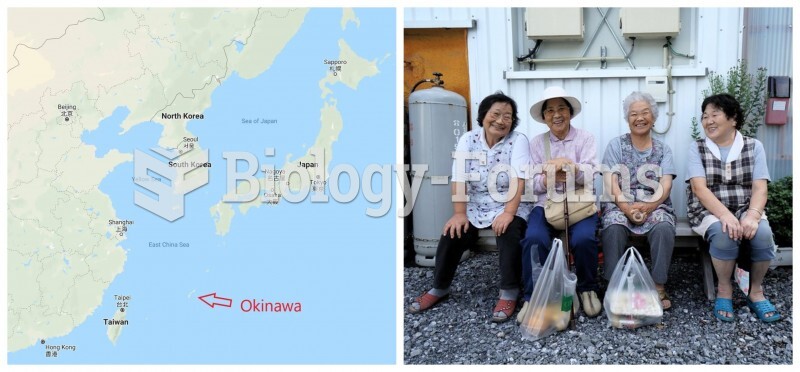Answer to Question 1
Japan's postwar constitution provides democratic accountability through
elections to its Diet or bicameral parliament. Members of the lower chamber of
parliament, the House of Representatives (HR), serve for four-year terms. However, like
most parliamentary systems, the HR can also hold early elections at any point before the
term is up. Members of the upper house, the House of Councillors (HC), serve fixed sixyear
terms. In theory, opposition parties can use no-confidence motions to check the
authority of the ruling party. However, no-confidence motions have rarely passed in
Japan, simply because during the postwar era, the LDP typically had an overwhelming
majority in the House of Representatives. A majority in the House of Representatives
determines Japan's prime minister, who, in turn, selects the cabinet. The key way that
opposition parties can exercise some check on government power is by winning control of
the upper chamber of the Diet. The House of representatives passes the budget and
ratifies foreign treaties, without any input from the House of Councillors (although the HC
can briefly delay the passage of the budget and/or treaties). But in all other policy areas,
both houses of parliament must approve bills for them to become law.
Bicameralism has at times given the opposition greater power to check the prime
minister's party. By winning a majority in the upper chamber, opposition parties were
able to block legislation passed by the lower. From 2007 to 2009, the LDP controlled the
lower house, but the DPJ was the largest party in the upper house and, therefore, held off
some LDP legislation. In short, at times in more recent years the opposition has been able
to block LDP power by holding a substantial number of seats in the Diet's upper house.
But, in general, parliamentary government controlled by a single party in Japan has
allowed the LDP to centralize power in the cabinet with few checks and balances from
outside forces.
Answer to Question 2
In the aftermath of the war, the American occupation of Japan, led by the U.S.
military and General Douglas MacArthur, the Supreme Commander of the Allied
Powers (SCAP), instituted a sweeping reorganization of Japanese institutions. The
American occupation focused on demilitarization and democratization. Most
dramatically, Article 9 of the new 1947 Constitutionwritten under the guidance of
American authoritieseliminat ed Japan's military and renounced Japan's right to wage
war. Japan later established self-defense forces, which ultimately grew into a military in
everything but name.
The constitution also wholly transformed Japan's non-democratic system. The new
constitution reduced the emperor to a mere figurehead symbol of the Japanese state, like
the UK's monarch. Meanwhile, the constitution listed civil liberties for Japan's citizens,
established a democratically elected bicameral parliament, which would determine the
prime minister, gave women the right to vote, dispersed the power of the zaibatsu, and
eliminated the emphasis on nationalism in primary and secondary education.
Nevertheless, there was also substantial continuity from the pre-war era. American
occupation authorities needed locals to run the Japanese government on a day-to-day
basis, so they left the bureaucracy largely intact. This permitted the Japanese bureaucracy
to continue its major involvement in running the country's economy. Prior to the war,
government bureaucrats had provided advantages to particular firms in industries that it
wanted to succeed. This meant that after the war, the Japanese government adopted
democracy, but not American-style free market capitalism. Instead, it continued to
protect and promote key domestic industries and eventually, the zaibatsu were reestablished
as what were called keiretsua network of interlocking firms that share their
own central bank.







